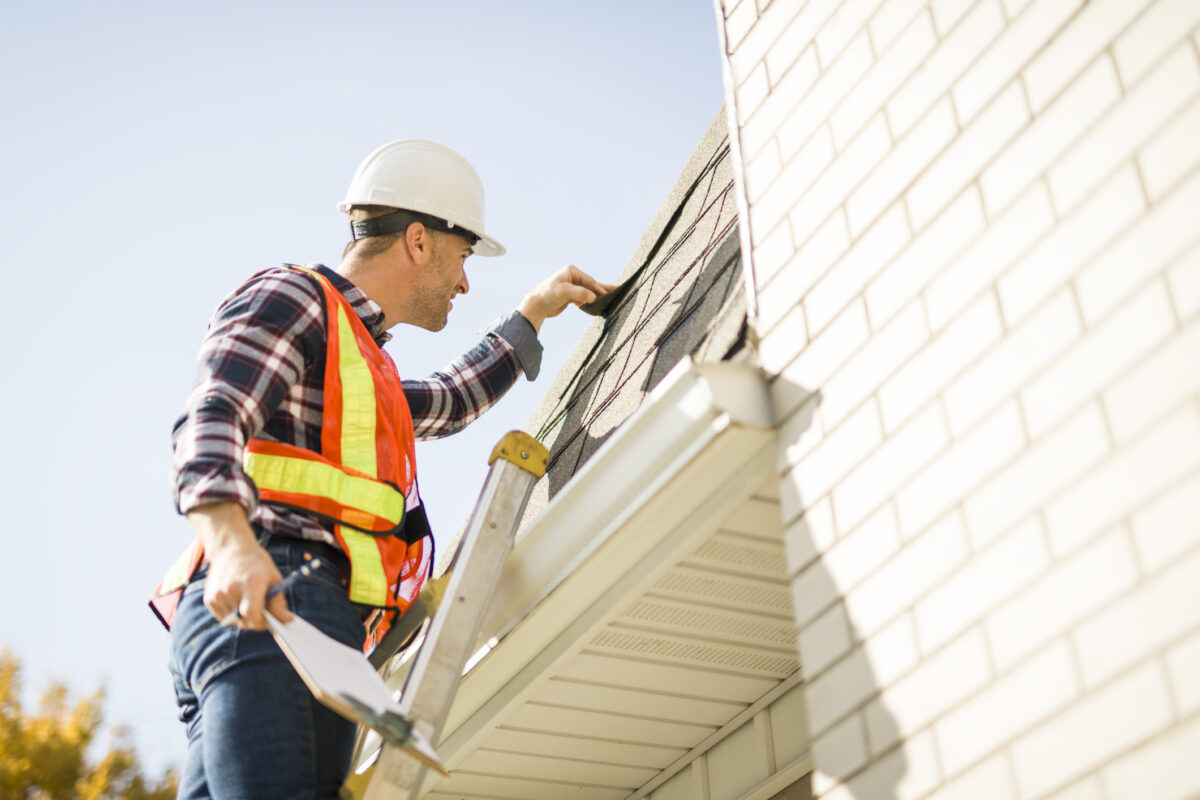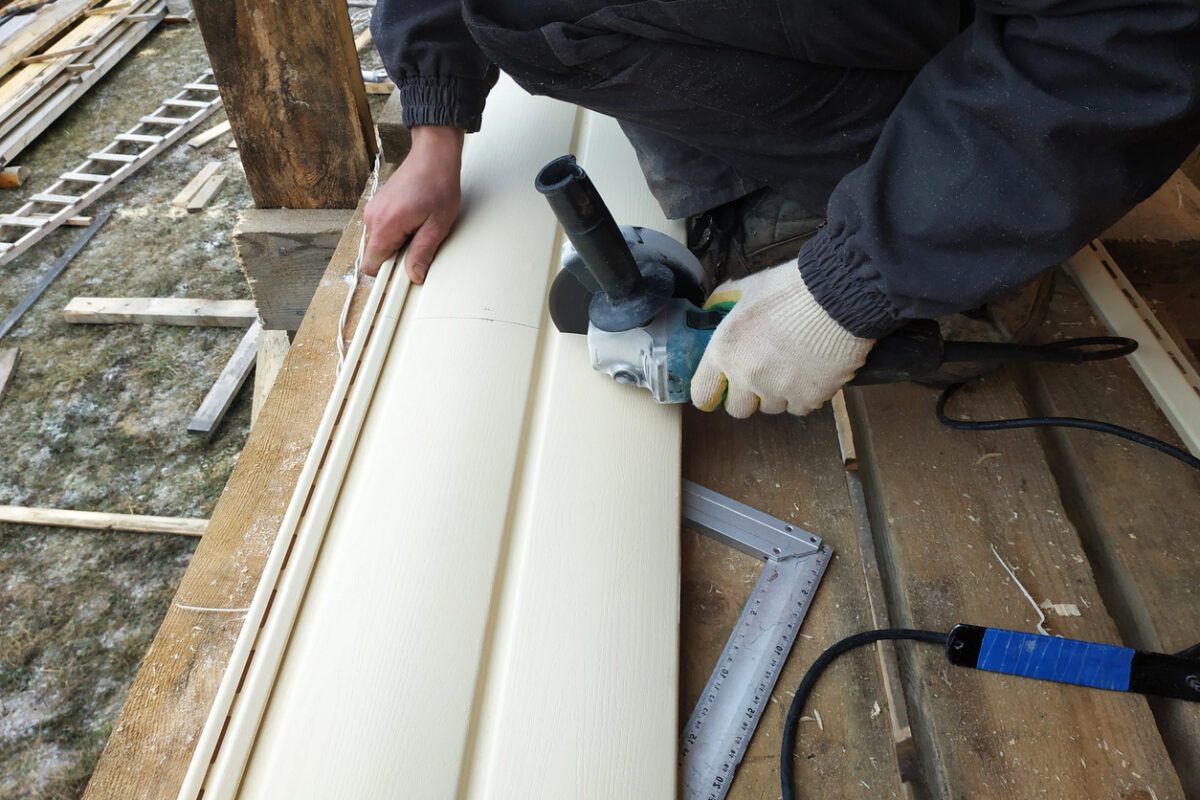Comprehensive Roofing Terms and Definitions

When it comes to roofing, the sheer number of terms and technical jargon can be pretty daunting. That’s why we’ve created this handy guide to help break down the most important roofing terms and definitions. Whether you’re a homeowner planning a roof replacement, a contractor brushing up on the lingo, or just someone curious about how roofs work, this resource is here for you. We’ll cover everything from basic components like shingles and underlayment to more advanced concepts like thermal insulation and ventilation. Our goal is to give you a clearer understanding of what’s involved in roofing, so you can feel confident making decisions about your roofing projects.
Algae Resistance: Ability of roofing materials to resist algae growth, often through special treatments or coatings.
Alligatoring: A pattern of cracks on the surface of aged asphalt roofing that looks similar to alligator skin.
Asphalt Shingles: Durable, cost-effective roofing material made from fiberglass and asphalt, topped with mineral granules. Commonly used in residential roofs.
Back Surfacing: Fine mineral matter applied to the back side of shingles to keep them from sticking together.
Bitumen: Mixture of hydrocarbons from petroleum, used in roofing materials.
Blistering: Bubbles in roofing material caused by trapped moisture or poor installation.
Blow-Offs: When shingles or other roofing materials are torn away from the roof deck by high winds.
Bridging: A method of reroofing with less efficient materials.
Built-Up Roof: A flat roof made of multiple layers of asphalt and ply sheets, known for durability.
Caulking: Material used to seal joints or seams to prevent leaks.
Chalk Line: A line made on the roof by snapping a taut string or cord dusted with chalk. Used for alignment purposes.
Chimney Cap: A cover at the top of a chimney to prevent rain, debris, and animals from entering.
Coating: A layer of liquid material applied to a roof membrane for protection.
Cool Roof: A roof designed to reflect more sunlight and absorb less heat, improving energy efficiency.
Counter Flashing: Flashing installed opposite or above another flashing to shed water.
Course: A row of shingles or tiles on a roof.
Coverage: The amount of weather protection provided by the roofing material.
Cupola: A small dome or tower on a roof, often for ventilation or decoration.
Curling: When shingle edges curl upwards or downwards, often due to weathering or poor ventilation.
Dead Level: A roof with no pitch.
Deck: The structural surface to which roofing is applied.
Dormer: A window that projects vertically from a sloping roof, adding light and space toan attic.
Drip Edge: Metal flashing at the roof edge that directs water into the gutters, protectingthe fascia.
EPDM (Ethylene Propylene Diene Monomer): Durable synthetic rubber roofing membrane for flat roofs.
Eave: The part of the roof that extends beyond the exterior wall, providing an over hang.
Fascia: The vertical edge under the roof’s overhang that supports the lower edge of the roof and gutters.
Fasteners: Nails or staples used to secure roofing to the deck.
Felt: Fibrous material saturated with asphalt and used as an underlayment between the roof deck and the roofing material.
Flange: Metal edges of a roof penetration flashing.
Flashing: Thin metal sheets installed around roof features (like chimneys and vents) top revent water from seeping into the structure.
Gable: The triangular section of an exterior wall between the slopes of a roof.
Gambrel Roof: A type of roof with two slopes on each side, the lower slope having a steeper pitch.
Granules: Small ceramic-coated stones on asphalt shingles that protect against UV rays and add color.
Granule Loss: Wearing away of granules from asphalt shingles, typically due to aging or weathering.
Green Roof: A roof partially or completely covered with vegetation, offering environmental benefits and insulation.
Gutter: Horizontal trough installed along the eaves to catch and carry off rainwater.
Heat Tape: Electrically powered tape used to prevent ice dams by warming the edge of the roof.
Hip Roof: A roof with slopes on all four sides, providing extra stability and a unique aesthetic.
Ice Dam: A build-up of ice along the roof edge that prevents melting snow from draining, potentially causing leaks.
Impact Resistance: Ability of roofing materials to withstand impacts from hail or debris without damage.
Inspection: The process of examining the condition of the roofing system.
Interlocking Shingles: Shingles that lock together to provide better wind resistance.
Joist: A horizontal structural member over which sheathing is nailed.
Kickout Flashing: Flashing that directs water away from the wall and into the gutter system.
Laminated Shingles: Shingles that have added dimensionality because of extra layers or tabs.
Liquid-Applied Roofing: Roofing materials applied in liquid form, which harden to create a seamless membrane.
Loose Laid: A method of installing roofing material without securing it to the deck.
Modified Bitumen: Asphalt-based roofing with added polymers for flexibility, used on flat or low-sloped roofs.
Moisture Relief Vent: A vent installed to allow moisture to escape.
Overlay: Installing a new roof system over an existing one.
Overdriven Nail: A nail driven too far into the roofing material, potentially causing damage or reducing effectiveness.
Patching: Minor repairs to damaged areas of the roofing system.
Penetrations: Vents, pipes, stacks, chimneys, or other objects that pierce the roof deck.
Pipe Collar: A ring around a vent pipe at the roofline to prevent water penetration.
Pitch: The steepness of a roof, expressed as a ratio of vertical rise to horizontal run.
Ply: A layer of roofing material.
Polymer: A substance made of many repeating chemical units or molecules. Used in roofing materials to increase durability and weather resistance.
R-Value: A measure of thermal resistance. Higher R-values indicate better insulating properties.
Rafters: Sloped beams supporting the roof deck and materials.
Reflectivity: The ability of a material to reflect solar heat.
Re-Roofing: Installing a new roof system on a building that is already roofed.
Ridge Cap: Shingles or tiles covering the roof ridge, providing a finished look and added protection.
Ridge Vent: Ventilation system placed along the roof’s peak to allow hot, humid air to escape from the attic, improving energy efficiency.
Roof Assembly: The combination of roof components including deck, insulation, membrane or primary roof covering, and accessories.
Roof Deck: The base layer of the roof, typically made of plywood or OSB, to which roofing materials are applied.
Roof Slope: The angle of the roof surface.
Roof System: The combination of all the components that make up the roof, including the deck, underlayment, shingles, and ventilation.
Roof Truss: A structural framework of rafters, posts, and struts supporting the roof.
Roofing Felt: Heavy paper soaked in asphalt, used as an underlayment beneath shingles.
Saddle: A small structure that diverts water around the high side of a chimney or other roof penetration.
Soffit: The underside of the roof overhang, aiding in attic ventilation and protecting rafters from weather.
Square: Unit of measure for roofing materials, equal to 100 square feet.
Starter Strip: The first row of shingles along the eave, providing a base for the first course of shingles.
Step Flashing: Flashing pieces that are layered with roofing shingles to prevent water from entering at roof-to-wall intersections.
Tab: The portion of an asphalt shingle that is exposed to the weather after installation.
Tear-Off: The process of removing an existing roof system.
Three-Tab Shingles: Asphalt shingles with three tabs, giving a uniform appearance.
Tile Roof: Roofing made from clay or concrete tiles, known for durability and aesthetic appeal.
Torch Down: Method of installing roofing membranes by heating with a torch to adhere them to the roof surface.
Underlayment: Protective layer installed between the roof deck and shingles, providing extra water resistance and preventing leaks.
Valley: The V-shaped intersection of two sloping roof sections, designed to channel water off the roof.
Vapor Barrier: A material designed to prevent moisture from passing through walls or roofs.
Vent: An opening that allows air to circulate through the attic or roof deck.
Ventilation Baffle: Device ensuring proper airflow in the attic, preventing insulation from blocking ventilation paths.
Vent Pipe: A pipe extending through the roof to ventilate plumbing systems, sealed with a flashing boot to prevent leaks.
Woven Valley: Method of valley construction where shingles from both sides are alternated, providing a continuous line of shingles through the valley
Share this post




